If you don't currently use a seating plan in your classroom, I urge you to reconsider!
Seating plans are a fantastic tool for lots of different reasons: these include behaviour management, differentiation and collaboration to name but a few! In this blog post I am going to give you some ideas of how to set up an effective seating plan for your classroom and explain the benefits:
Seating plans are a fantastic tool for lots of different reasons: these include behaviour management, differentiation and collaboration to name but a few! In this blog post I am going to give you some ideas of how to set up an effective seating plan for your classroom and explain the benefits:
Firstly, you want to start by designing your classroom layout. You can do this the 'old school' way by hand if you want, nothing wrong with that. I do that sometimes when I make a decision in the lesson that something isn't working in the current plan and I need to sketch some ideas. Your other option is to use a computer program. Simply use the shapes and text box tools to design your desk layout and then you can reuse it as many times as you like. I have to teach about 10 different classes during the week, so for me I have a digital version of my plans so I can duplicate and edit with ease. [There is another benefit to computer processing which I will explain later on in this article.]
Next, you will want to decide how you want to arrange your students. Some options you might want to consider, are:
- Friendship groups - are there friendship groups in your class who you think would benefit from being separated from one another? Perhaps those girls who huddle together and giggle behind that boy with the Bieber hair, might benefit from being moved away from the distraction...
- Behaviour - are there students who need to be kept apart as a behaviour management strategy? Perhaps Amy has been picking on Lauren recently and they need to be separated, or maybe Dave can't stop talking to people at inappropriate times and would benefit from being seated away from everyone else.
- Ability - are you doing collaboration work where you would like students of similar ability to be grouped together? Or maybe you'd prefer a mixed ability approach so the more able can support their peers, for example?
- Gender - depending on the age of your students, you might find that girls and boys won't naturally gravitate to working with one another. (Think school disco... boys on one side, girls on the other!) In this case, it might be a good idea to mix them up in your seating plan for diversity (this also includes cultural diversity too!). Alternatively, hormones might have the complete opposite effect on the students, and mixing genders could be a distraction! Do what you feel is right for your students.
- Location - if you have students in your class who have the concentration span of a gnat, you might want to rethink their position by the window with the never ending distractions available to them! Or if there is a cheeky one in your class who can't seem to keep out of mischief when more than a foot away from you, you might want to keep them near the front of the room as close to you as possible.
- Special Educational Needs - it's really important you know who your SEN students are in your classroom and that you have correct provisions in place for them. This might involve where you place them in a seating plan and who they are sitting next to. Obviously any student with sight or hearing difficulties will need to be at the front of the class, for example.
Once you have decided on your main focus strategy, start putting the most high profile students on the plan first then work your way down your register. The beauty of doing your plan on a computer programme, is that you can edit and move text boxes around with ease, which is very handy as you try and get the ideal arrangement!
Once you have your students where you want them, the last thing you might want to try, is adding a code to your seating plan. You can use this to identify each individual's needs and ability. See example below:
Once you have your students where you want them, the last thing you might want to try, is adding a code to your seating plan. You can use this to identify each individual's needs and ability. See example below:
If you would like a ready made seating plan template with bright visuals and clip art, you can download one here:
You could have the code separate to your seating plan so if the students sneak a peak they won't see the details. You could also use different symbols or letter codes for each Educational Need relevant to your class.
So there you have it, how to create an effective seating plan for your classroom! What ways do you arrange your students? If you have any questions or comments, please leave them in the comments below!
So there you have it, how to create an effective seating plan for your classroom! What ways do you arrange your students? If you have any questions or comments, please leave them in the comments below!




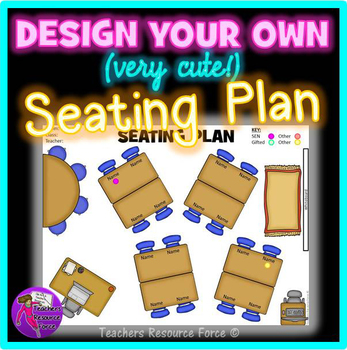



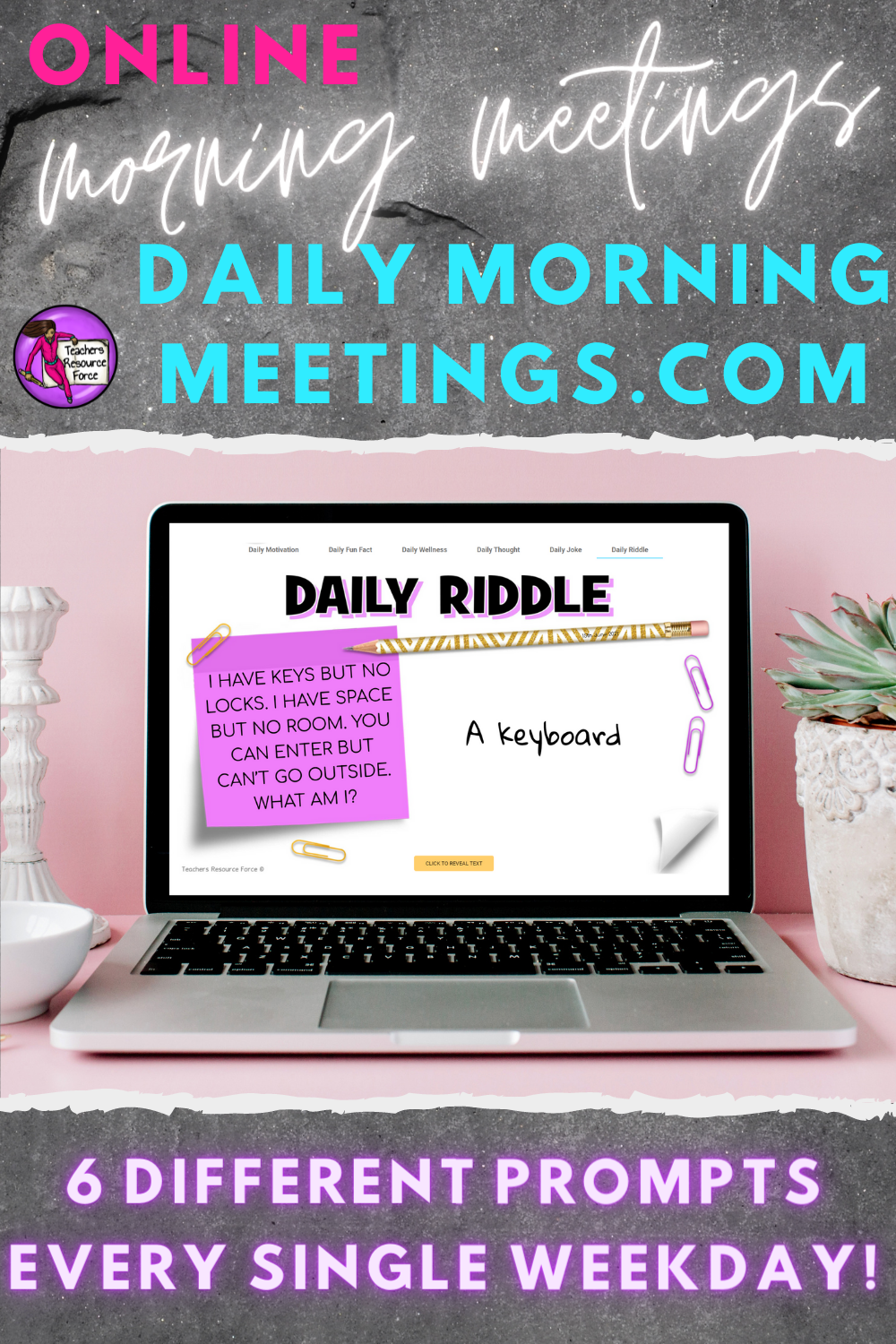

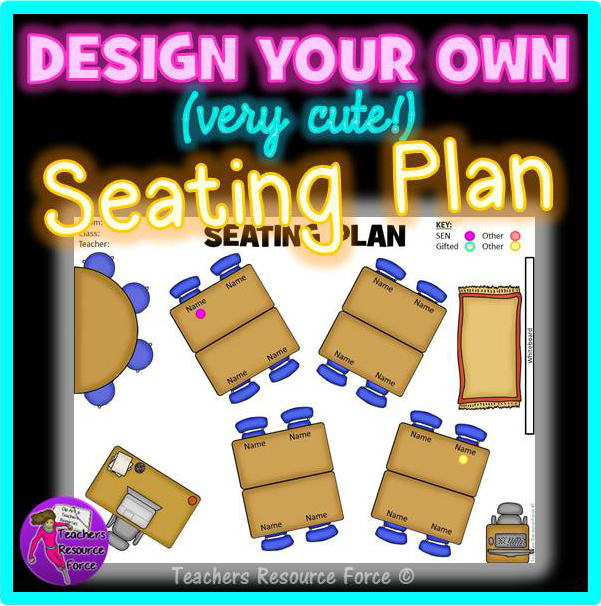



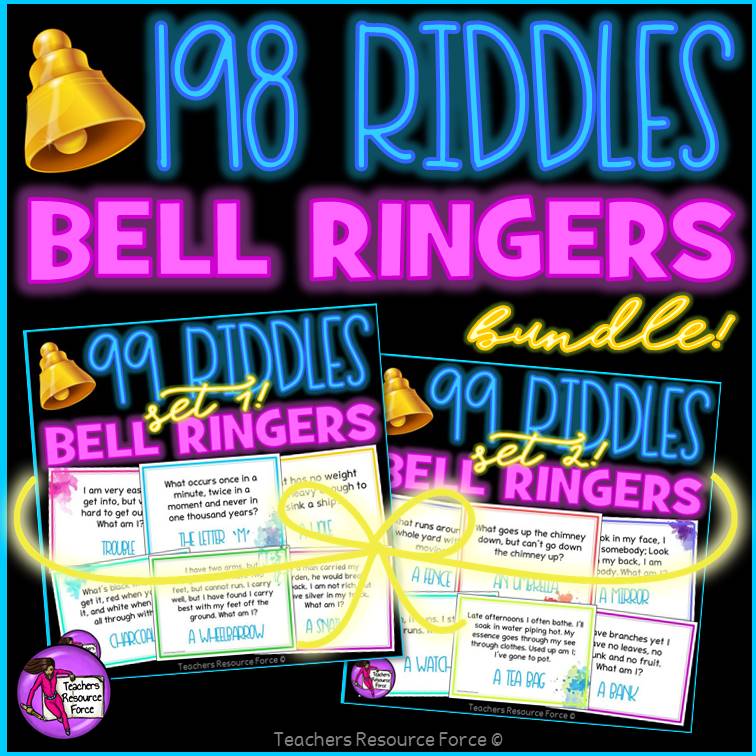









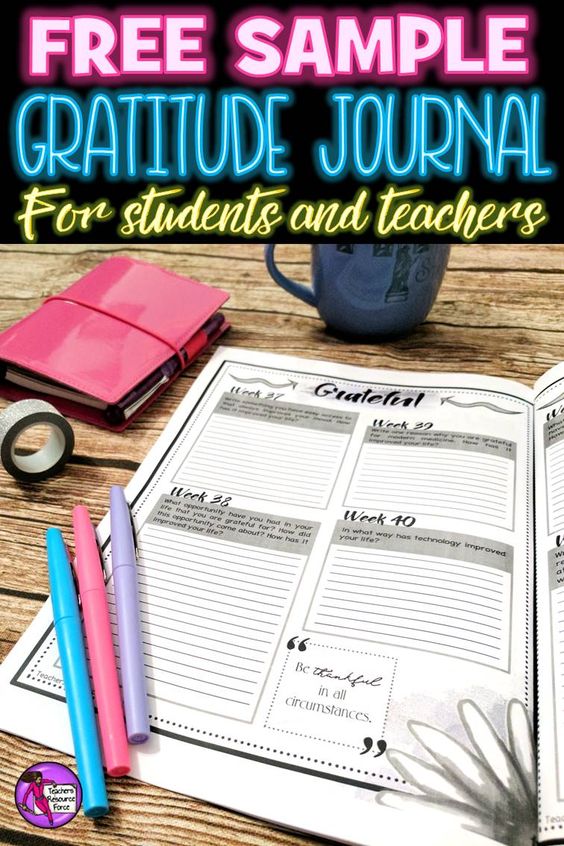






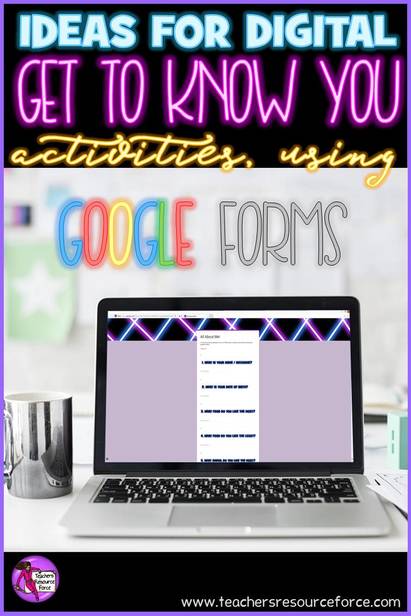
 RSS Feed
RSS Feed



